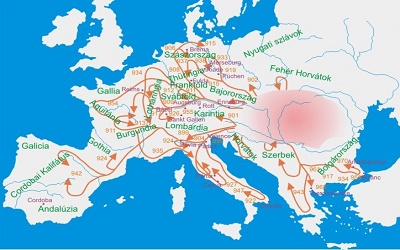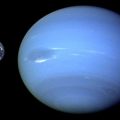PTE考生目前最大的问题之一就是练习题缺乏。除了有限的基本官方书(PLUS,Testbuilder, OG)之外,就没有题了。很多英语基础不是很扎实的同学很难找到练习材料。墨尔本文波雅思PTE培训学校专门为墨尔本,悉尼PTE考生准备了适合PTE听力阅读练习的科学60秒。各位PTE同学可以练习PTE听力中的summarise spoken text和PTE口语中的retell lecture,PTE听力口语-科学60秒-Frosty Moss练习记笔记技巧和复述。废话少说,下面开始:
60秒科学:European Invasion Changed Peru’s Coastline
听力内容:
60秒科学节目(SSS)是科学美国人网站的一套广播栏目,英文名称:Scientific American – 60 Second Science,节目内容以科学报道为主,节目仅一分钟的时间,主要对当今的科学技术新发展作以简明、通俗的介绍,对于科学的发展如何影响人们的生活环境、健康状况及科学技术,提供了大量简明易懂的阐释。
The Spanish arrival in South America changed many things—including, it seems, even the Peruvian coastline.
In dry northwestern Peru, unusual 19-mile-long sandy coastal ridges were formed through tectonic activity, El Niño storms and natural sediment deposit. The nine ridges still standing appear to have formed from 5,100 years ago until about 400 years ago. And they’re topped with deposits of shells, rocks from fire pits and other human artifacts.
Scientists studying the region found that the shells are from mollusks and barnacles, and primarily of species still fished there today. They thus concluded that the shells were left by native communities who long called the region home.
The researchers also found that the clamshell and fire deposits stabilized the ridges and protected them from erosion. No such stable ridges exist along the coast from the past 400 years, after the local people died from disease or war, or were pushed inland. Any incipient ridges since were easily toppled by wind and storms.
The research is in the Proceedings of the Natural Academy of Sciences. [Daniel F. Belknap and Daniel H. Sandweiss, Effect of the Spanish Conquest on coastal change in Northwestern Peru]
Visitors now see what they may think is a natural landscape. But its formation depended on thousands of years of human activity.
—Cynthia Graber





